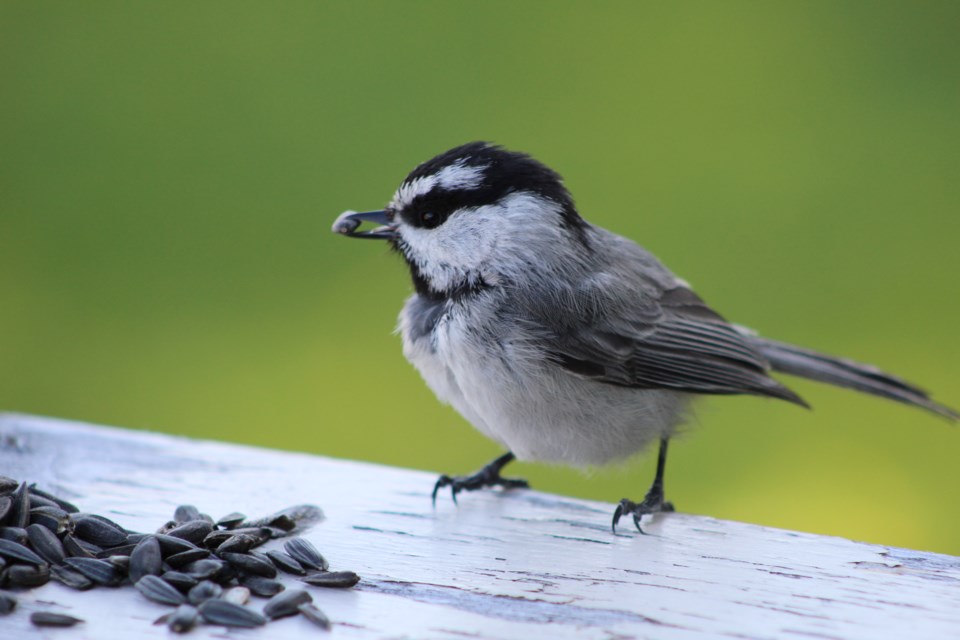With more depressing results that suggest climate change threatens half of Canada's songbirds with significant habitat loss, you might expect one of the new study's authors to be downcast.
But Jeff Wells isn't.
"We need to get out of that pessimistic, completely gloomy view of all the bad things that are happening and start thinking about solutions," said Wells, chief scientist and lead author of the study released Monday by the Boreal Songbird Initiative.
"There really are some positive solutions to some of this."
First, the bad news.
The report combines extensive surveys of bird numbers with sophisticated models showing the probable impact of climate change on specific areas of the boreal forest, the vast ribbon of green that stretches across the northern reaches of almost every province.
It says that of the 53 species of songbirds tightly bound to the forest — including favourites such as the Canada warbler and evening grosbeak — 21 of them will experience "unequivocal declines" in habitat in a couple of decades. By the end of the century, that's expected to rise to 29 species.
For some species, that habitat loss is a real threat to their existence. The rusty blackbird, for example, has already lost about 90 per cent of its numbers and there are a billion fewer blackpoll warblers than there were in the '70s.
"There's an increasing number of birds that are seeing serious declines," said Wells.
Other studies are in line with those findings. The Audubon Society found in 2014 that climate change could cost 126 species more than half their current range by 2050.
The losses don't include human disturbance from forestry or energy development.
But the study went on to look for areas where changes won't be as dramatic, where nearness to water or increasing elevation will moderate the warming climate and preserve older habitats. It found those, too.
Overlay those areas with data on what birds prefer which conditions, and "climate refugia" result — regions that will hang on to the climatic conditions preferred by the greatest number of birds.
The largest refuges are found in northern Quebec, but they can be found across the country.
Ontario has major refuge possibilities, as does northern British Columbia. A significant one sits near Edmonton.
The refugia are the source of Wells's optimism. Most, he said, remain relatively untouched and can still be protected.
"These are going to be arks ... surrounded by a sea of change. These species can persist in there. Protecting as much of those areas as possible will be critical."
The arks will need to be connected to each other, so bird species in need of a climate refuge can reach them.
"Many species will still be forced to move across landscapes. They will not have refugia, so making sure there's habitats that connect the space over which birds are going to move is going to be critical."
Doing as much as possible to keep current bird populations healthy will make it more probable that they'll be able to survive in the future, Wells said.
Limiting the amount of climate change by reducing greenhouse gas emissions remains key.
Some amount of change is inevitable, indeed, already occurring, said Wells. But if Canadians are willing to make some big commitments to protection, Canada's forests don't have to fall silent of birdsong, he said.
"We're offering some ideas for solutions. We really should maybe stop just seeing the pessimistic side of it and get to work on the optimistic side."
— Bob Weber, The Canadian Press



